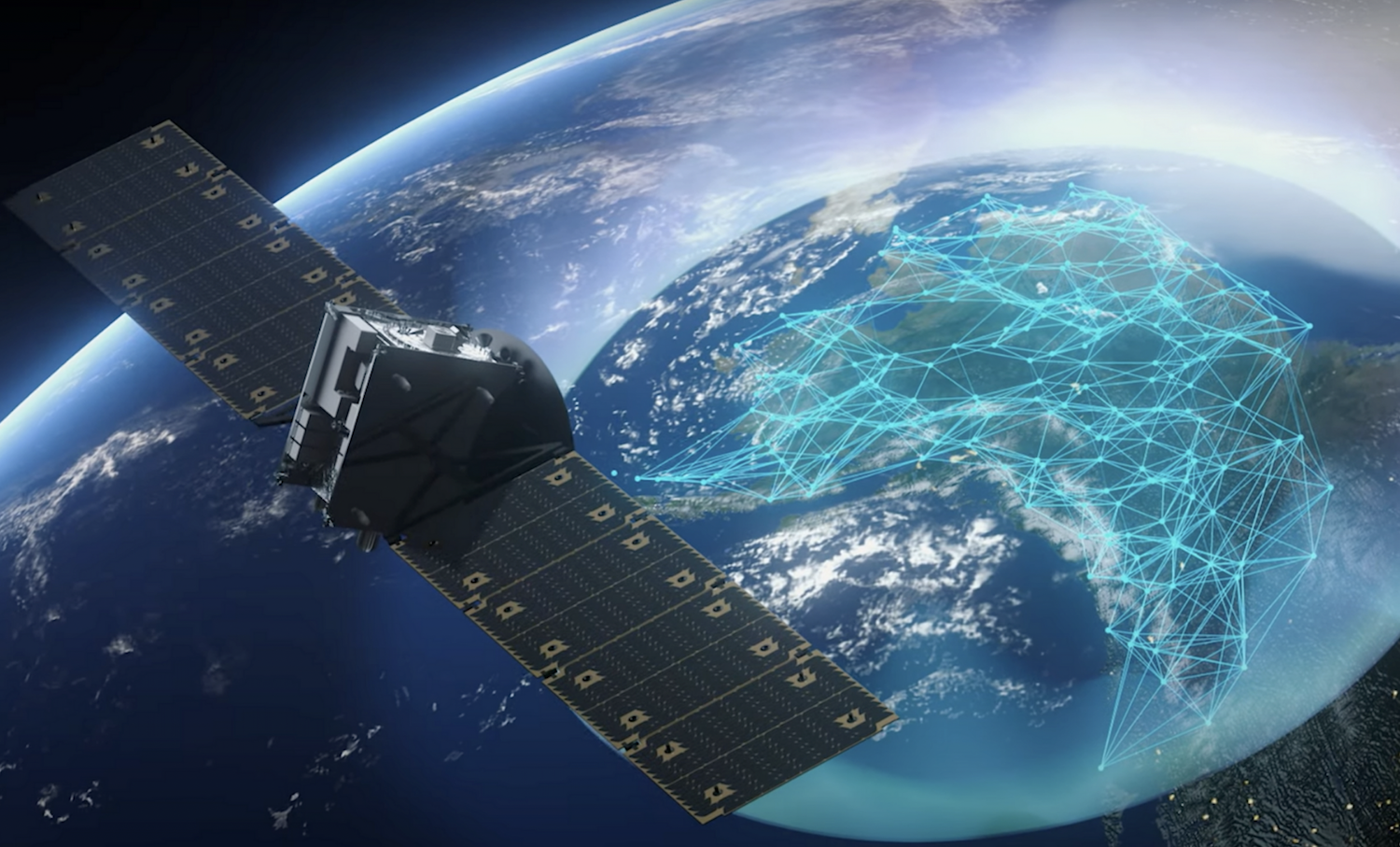TAMPA, Fla. — The first Astranis-built satellite won’t be able to provide commercial broadband over Alaska for local telco Pacific Dataport because it can’t keep solar arrays pointed at the sun, the Californian manufacturer’s CEO John Gedmark said July 20.
Despite the failure of both solar array drive assemblies on Arcturus, used to position solar panels that power the satellite, Astranis estimates it can get six to 12 hours a day of service from the spacecraft.
While that is not enough to provide continuous broadband over Alaska as intended, Gedmark said the spacecraft could still be used as an in-orbit test bed or for another alternative mission.
He said fixing the component issue through software and hardware changes on other Astranis satellites in production should only delay its next batch of four satellites by a couple of months.
Among these satellites Astranis still hopes to launch on a Falcon 9 before the end of the year is a previously undisclosed spacecraft called UtilitySat, which Gedmark said can serve as a partial Arcturus replacement until a dedicated satellite for Pacific Dataport can be launched in 2025.
Gedmark said he is unwilling to give technical details about the component’s issue because it is one of a small portion of spacecraft parts it does not build in-house.
He also declined to discuss the component’s provider, flight history, or whether the issue is covered by the insurance the company took out on the satellite, designed to provide 7.5 gigabits per second (Gbps) of throughput in Ka-band.
Viasat’s 6,400-kilogram ViaSat-3 Americas satellite was the Falcon Heavy’s primary passenger and is having issues deploying a critical antenna needed start broadband services at one terabit per second of throughput capacity. Gedmark said Astranis has not seen anything suggesting a connection between the two incidents.
A third communications satellite on the Falcon Heavy mission, a smaller cubesat from Washington-based Gravity Space, has passed all health checks and is preparing to enter service in the coming weeks, its CEO Mark Thompson said.
Arcturus backup
UtilitySat is equipped with transponders in Ka, Ku, Q, and V band spectrum to serve a variety of mission needs and has customers lined up globally, Gedmark said, although it will now focus on providing connectivity over Alaska.
The same size as a typical Astranis satellite and also with an eight-year design life, UtilitySat’s flexibility means it is not capable of the same level of throughput as a dedicated spacecraft from the manufacturer.
Gedmark said Astranis plans to deploy a full replacement for Pacific Dataport in early 2025 under a commercial arrangement he declined to discuss.
“That satellite will have significantly more capacity than Arcturus” was designed to have, he said, by “rolling in all the improvements we’ve done over just the last couple of years.”
While replacing a traditional large geostationary satellite following an in-orbit anomaly would historically cost hundreds of millions of dollars and many years, he said Astranis satellites can be built faster and in higher quantities to mitigate any shortfall.
U.S.-based mobile satellite connectivity specialist Anuvu has ordered two other satellites joining UtilitySat as part of the Block 2 batch, and cellular backhaul provider Andesat of Peru has ordered the other.
Astranis also plans to launch another five satellites as part of Block 3 next year on an undisclosed dedicated rocket.
Customers for three of these have been disclosed so far: Two for Mexican telco Apco Networks and one for Orbits Corp, the satellite services arm of Philippine internet service provider HTechCorp.
Gedmark said Astranis plans to have multiple UtilitySats on orbit at any given time, enabling the company to respond to unexpected surges or changes in connectivity demand.
